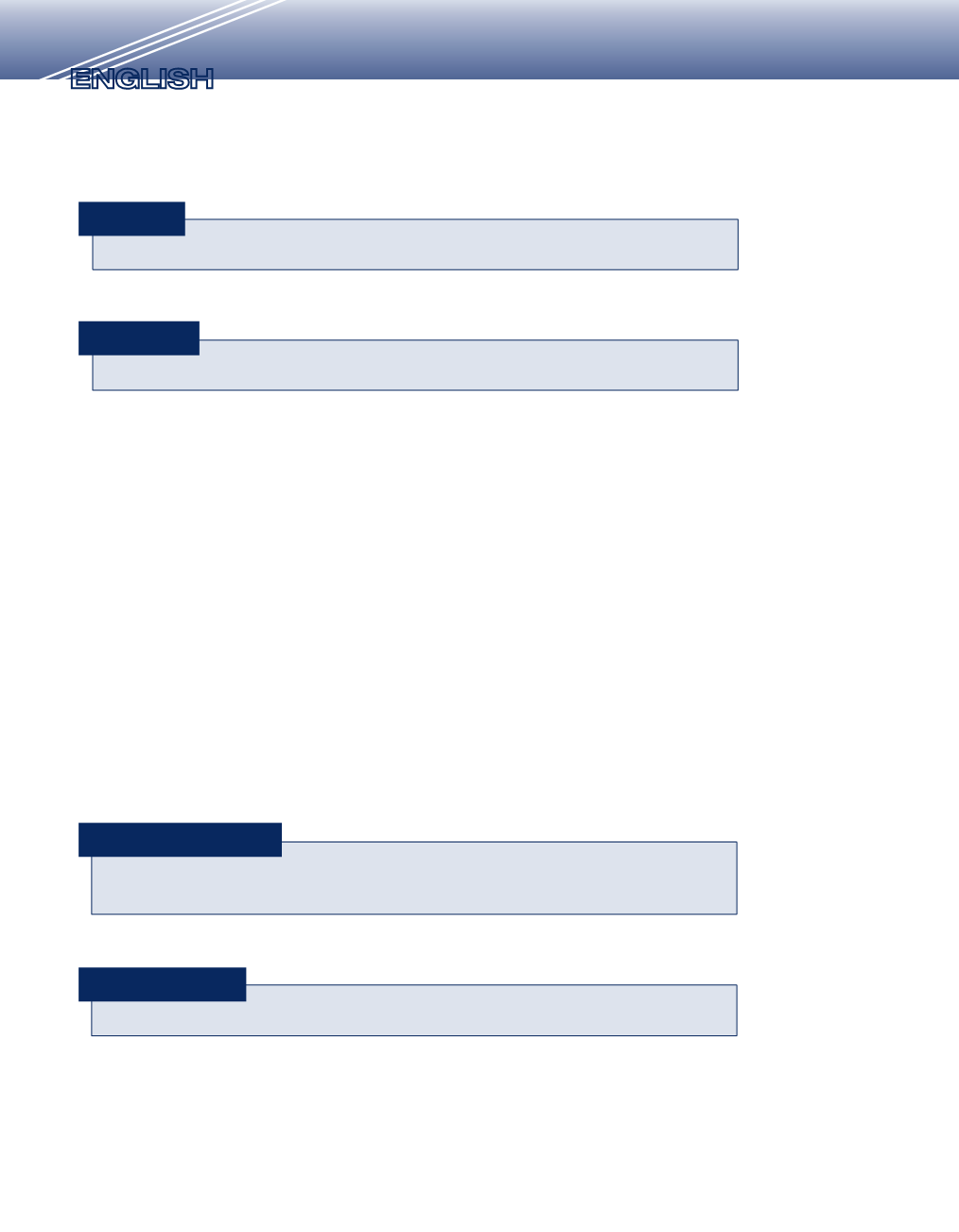
Period
Usage: A period is placed at the end of a sentence to indicate a complete thought.
EXAMPLE:
I saw Wesley at the store and he told me to say hello.
Comma
There are several rules governing the usage of commas:
In a series of three or more items containing a single conjunction, use a comma after every item.
EXAMPLE:
I have a cat, a dog, and a hamster.
In a sentence, offset non-essential information by enclosing the information in commas.
EXAMPLE:
Judith had a root canal, an operation that removes the tooth’s nerve, yesterday morning.
Use commas in between items found in dates and addresses.
EXAMPLES:
Saturday, October 5, 1987. Ed McMurphy, 25 Jasper Way, Ashland, MA 01721.
When a dependent clause precedes an independent clause, use a comma to separate the two clauses.
EXAMPLE:
Even though he was afraid of the dark, he went into the unlit closet.
When an independent clause precedes a dependent clause, a comma between the two
clauses is unnecessary.
EXAMPLE:
He went into the unlit closet even though he was afraid of the dark.
A comma should be used when combining independent clauses using a coordinating
conjunction unless the independent clauses are short and closely related.
EXAMPLE:
My grandmother refuses to go to bed early, and I’m afraid she’s going to
catch a bad cold.
Question Mark
Usage: Always place a question mark at the end of an interrogative sentence
(asking a direct question).
EXAMPLE:
Did you like that?
Apostrophe
Usage: An apostrophe can be used in the following ways:
In a contraction, where two words combine to form a single word and letters from the original
words are omitted.
EXAMPLES:
can’t, shouldn’t, she’ll, we’ll, they’re
In a singular possessive noun, placed before the -
s
that typically comes at the end of a
possessive noun.
EXAMPLE:
Josh’s automobile
Punctuation
ENGLISH
ENGLISH
152


